A Customer Relationship Management (CRM) system can make a huge difference in helping you streamline these processes, resulting in increased leads, improved customer satisfaction, and overall growth. In this article, we will explore the importance of CRM for roofing companies, sharing personal experience with CRM tools, and give tips for successful implementation.
What is CRM for Roofing Companies?
Customer Relationship Management (CRM) is a system that helps businesses manage their interactions with potential customers, current clients, and other contacts. For roofing companies, CRM can centralize all your customer information, communication history, and sales data, making it easier to manage leads, track projects, and stay organized (HubSpot, 2021).
In a roofing business, CRM is not just about tracking customer details but also about improving the way you interact with customers, manage your sales pipeline, and use data to drive decision making. By integrating CRM into your workflow, you can ensure that no lead slips through the cracks and that you maintain strong relationships with existing clients.
Why CRM for Roofing Companies
1. Streamline Lead Generation
In the roofing industry, generating quality leads is crucial. Without an efficient system to track and manage leads, it’s easy to miss out on potential opportunities. CRM systems help you capture, store, and organize leads automatically, so you never lose track of who’s interested in your services (Salesforce, 2021).
A CRM system helps roofing companies identify and categorize leads. Whether you are getting leads from your website, phone calls, or referrals, your CRM will consolidate all these into one place. Automated follow up reminders can help you stay on top of communication, ensuring that you nurture every potential client until they are ready to move forward with a project.
2. Improve Customer Relationships
Building and maintaining good customer relationships is key to a successful roofing business. A CRM allows you to store detailed information about your clients, including past projects, preferences, and communication history. This enables you to offer personalized services and follow up at the right times with the right information (Zoho, 2021).
For example, after completing a roofing job, you can use CRM to send a thank you message, ask for feedback, or suggest additional services. CRM also helps ensure that your team has easy access to all client data, which makes it easier to provide a consistent and high quality service.

3. Enhance Operational Efficiency
Roofing businesses often face a variety of complex tasks, including scheduling, project management, invoicing, and tracking materials. To make these tasks more manageable, CRM systems offer a simplified and automated solution. For instance, with the help of a CRM, you can easily assign tasks to team members, manage schedules efficiently, and even integrate accounting tools for hassle free invoicing all within a single platform. This seamless process not only saves time but also ensures that your operations run smoothly. (Freshsales, 2021).
By centralizing these operations, you reduce the chances of errors and delays, improving the overall efficiency of your business. A CRM system allows you to handle these tasks effortlessly while keeping your team on the same page.
4. Make Data Driven Decisions
One of the key advantages of using a CRM for roofing companies is its ability to support informed, data-driven decisions. With built-in analytics and reporting tools, a CRM helps you monitor essential metrics effortlessly. For example, you can track key performance indicators (KPIs) such as lead conversion rates, customer satisfaction levels, and project completion timelines.
By having this data at your fingertips, you can identify areas for improvement and make strategic decisions that drive your business forward. (Forbes, 2020).
By reviewing these insights, roofing companies can adjust their strategies and processes. For example, if you notice that certain marketing campaigns are bringing in more leads, you can invest more in those channels. Similarly, if follow up emails are getting a higher response rate, you can automate more of these tasks to increase efficiency.

Which CRM is Best for Roofing Companies?
Choosing the right CRM for your roofing business depends on factors like the size of your company, operational complexity, and budget. After exploring several options, I have personally used Go High Level (GHL) and found it to be an exceptional tool for roofing companies. While I am not promoting it as the only choice, I believe its features and functionality are worth highlighting based on my experience.
Go High Level has helped me streamline key aspects of my business, including lead generation, project management, and customer communication. Its design and automation capabilities make it a practical solution for roofing professionals who want to save time and improve efficiency.
Key Features of Go High Level for Roofing Businesses
1. Effortless Lead Tracking
One of the standout features of GHL is its ability to capture leads from multiple sources, such as websites, phone calls, and social media. These leads are then organized into a centralized database, making it simple to track each prospect’s progress in the sales funnel.
2. Powerful Automated Workflows
GHL’s automation tools are a huge time saver. I have used them to set up workflows that handle follow ups, send reminders, and even trigger alerts based on lead behavior. This ensures that potential customers don’t slip through the cracks, even during busy periods.
3. Comprehensive Reporting and Analytics
The CRM’s detailed reporting features have been invaluable for tracking marketing performance, sales metrics, and customer satisfaction levels. These insights have helped me refine my strategies and make better business decisions, leading to improved results.
4. Customizable to Meet Your Needs
Every roofing business is unique, and GHL accommodates this with its highly customizable features. From creating tailored fields to integrating with other tools, I have been able to adapt the platform to suit my specific needs. This flexibility makes it a practical choice for businesses of all sizes.
5. User-Friendly Interface
GHL stands out for its easy to navigate interface, which does not require extensive training to use. This has allowed me to onboard my team quickly and get the most out of the platform without wasting time.
2. CRM Implementation for Roofing Companies
Implementing a CRM in your roofing business does not have to be complicated.
Step 1: Set Clear Goals
Before implementing CRM, identify what you want to achieve with the system. Do you want to streamline lead generation, improve communication, or track your project timelines? Setting clear goals will help you choose the right CRM features and prioritize what’s most important for your business.
Step 2: Choose the Right CRM
While I have shared my personal preference, there are many CRM platforms to choose from. When selecting one, make sure it fits your business size, budget, and goals. Look for features like lead tracking, project management, and reporting. Free trials are often available, so don’t hesitate to try a few options.
Step 3: Train Your Team
To get the most out of your CRM, it is essential that your team knows how to use it effectively. Conduct training sessions and provide resources to ensure everyone is familiar with the system. Regular check-ins and updates will keep your team on track.
Step 4: Integrate with Other Tools
Most CRMs allow integration with other tools such as email marketing software, invoicing systems, and social media platforms. Integrating your CRM with these tools ensures a seamless workflow and saves time by eliminating the need to switch between multiple platforms.
Step 5: Monitor and Optimize
CRM implementation is not a one time task. You will need to monitor how the system is working for your roofing business and make adjustments as needed. Regularly review performance data, analyze trends, and optimize workflows for better efficiency.
CRM for Roofing Companies: Frequently Asked Questions (FAQs)
1. What is the best CRM for roofing companies?
The best CRM depends on your business size, budget, and specific needs. Some CRMs offer more robust features, while others are simpler and easier to use.
2. How much does CRM for roofing companies cost?
The cost of CRM varies depending on the platform and features you choose. Some CRM tools offer basic plans for small businesses, while others have more advanced features for larger roofing companies. Always look for a CRM that offers the best value for your needs (Software Advice, 2021).
3. Can CRM systems improve my roofing business’s online presence?
Yes! CRMs can help roofing companies automate follow ups, capture leads from multiple channels, and track customer interactions. Furthermore, this can improve your overall digital presence by ensuring a quick and efficient response to online inquiries and customer engagement.
4. How long does it take to implement a CRM system for roofing?
Implementation time varies depending on the complexity of the CRM system. Typically, it can take anywhere from a few days to a few weeks to fully set up and start using the CRM effectively. However, make sure to allow time for training and customization.
5. Do I need CRM if my roofing business is small?
Even small roofing companies can benefit from CRM systems. Moreover, with CRM, you can manage leads, track projects, and build stronger relationships with customers all of which are key to growing your business.
Conclusion
CRM for roofing companies is a powerful tool that makes managing your business easier. It helps you keep track of leads, improve customer relationships, and organize your daily operations. With the right CRM, you can save time, work more efficiently, and grow your business faster.
By integrating a CRM system into your workflow, you can automate repetitive tasks, stay on top of customer interactions, and make smarter decisions using real time data. Whether your roofing business is big or small, I recommend exploring CRM systems to find one that fits your needs and helps you achieve your goals.


